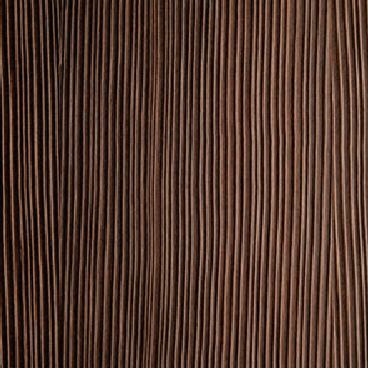Question (WOODWEB Member) :
We have some quartered walnut veneer that is very dry and brittle and is fairly wavy. We have to use it because we are making some replacement parts for a job that we made with the same material. I can easily obtain reagent grade glycerin and am looking for a recipe and protocol for flattening the veneer prior to trimming, stitching and pressing. I found some recipes that are water based and am wondering if I use alcohol if we can we cut the drying time significantly. Also, does the glycerin affect the stitching tape and core adhesion? We are only talking about ten leaves of veneer about four feet long.
Forum Responses
(Veneer Forum)
From Contributor C:
Keep it simple and go to Veneer Systems and order GF20. They can tell you how to use it.
1. Quartered walnut veneer can have some color reaction (due to its preservatives). Check well before using. If happening, reduce the ratio of glycerin in solution down to minimum 20% per weight.
2. Its softening effect cannot last as long as GF20 when the veneer is in high wet air. Keep the veneer storage in tight air and work of lamination/lacquered as fast as possible after softening.
3. Most finished surfaces have the tendency of a wet look and sticky issues if the dosage of glycerin is at high level. Test with some NC, PU and pre-cat to make sure you have good finish application before apply in mass production. Keep the veneer at 7-8% (believe me, it is not cracked further).
4. Using alcohol is ok when your working environment is cold or temps are low. Its effectiveness is mainly reduction of mold fungus on the glycerin treated veneer. You can use other methods for softening veneer with acceptable cost, processing time and way of finishing.
